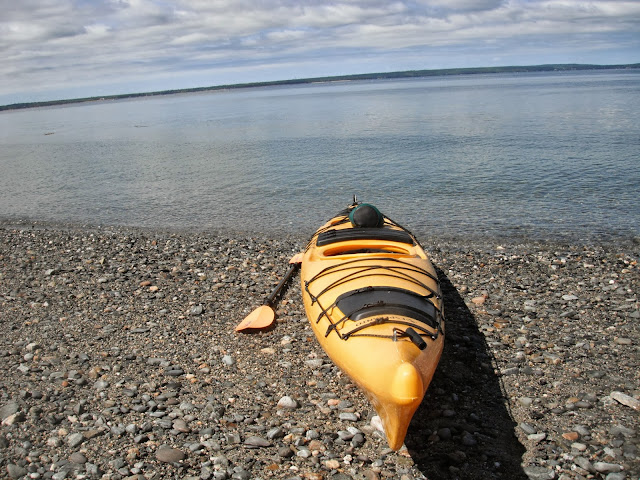Photo 1 is supposed to be all the basics - how to work your camera, how to control your lighting, how to set up a still life, etc. It's basically "How to Take a Photo" class. Photo 2 is much more about using what you know to create meaningful, conceptual works of art. It's basically "Photography as an Art Form" class...which, with high school kids can be kind of tough.
We're four weeks into shooting, and I'm happy to say I've had a lot of success with the kids- but more than that, we've all had so much fun.
Case in point: last week's Levitation Photography assignment.
What is Levitation Photography? Google it, and be amazed!
via.
Levitation Photography is basically setting up and editing a shot to make it seem as if a person or object is levitating, or floating in mid air. It's like magic! And honestly, it's so easy to do!
Check out some more beautiful examples of levitation photography here.
Here is a very simple tutorial for how to make a person look like they're floating:
The sound gets a little weird when he does the photoshop tutorial, but all the basics are there. He's right- all you need to do the project is a camera, a tripod (or some sturdy surface to rest your camera on while you shoot), your model, and objects for them to sand/lay/rest on. And yes, you absolutely need two photographs: 1 of the plain background, and 1 of the set-up with your model.
I stressed to my kids that choosing a model who will listen to you, and be a bit expressive was really important. If you wanted them to look like a floating goddess, they'll have to move their arms and hands and toes just right- you can't be a floating goddess with flat feet and rigid shoulders, you know?
Using the masking tool was one way to edit the photos (as this guy did in the tutorial) however, the only issue with that is, especially outdoors, your light changes from minute to minute. So if the kids took a lot of time setting up their model, the masking tool would show the change in light very clearly. What some of my students opted to do was trace and cut their models out with either the pen tool, or the select too (which most of them preferred).
Here's another much more detailed tutorial with tips on doing levitation tricks with objects, and how to adjust small things to make it look super realistic: here. (For some reason, blogger was being cranky and wouldn't let me embed the video.) But this guy gives some more specific instructions, and his accent is just lovely!
All in all, this was a really fun, and surprisingly quick/simple project to do with my kids. Some of them took the concepts and really ran with them- we had "ghosts" floating in graveyards and dads floating away with balloons.
One of the things that made me most happy was how many students returned from a weekend of shooting to say, "My sister/brother/mom/dad/cousin/grandma had so much fun with this project! I can't wait to show them how they turned out!" I love a project that gets family and friends involved. I hope it sparks an interest in photography for them, but also teaches my student that photography is an interactive art- not just a solo one.
So there you have it! We have a beautiful day upon us (at least we do out here in NJ)- Give some levitation photography a try!

.JPG)







































